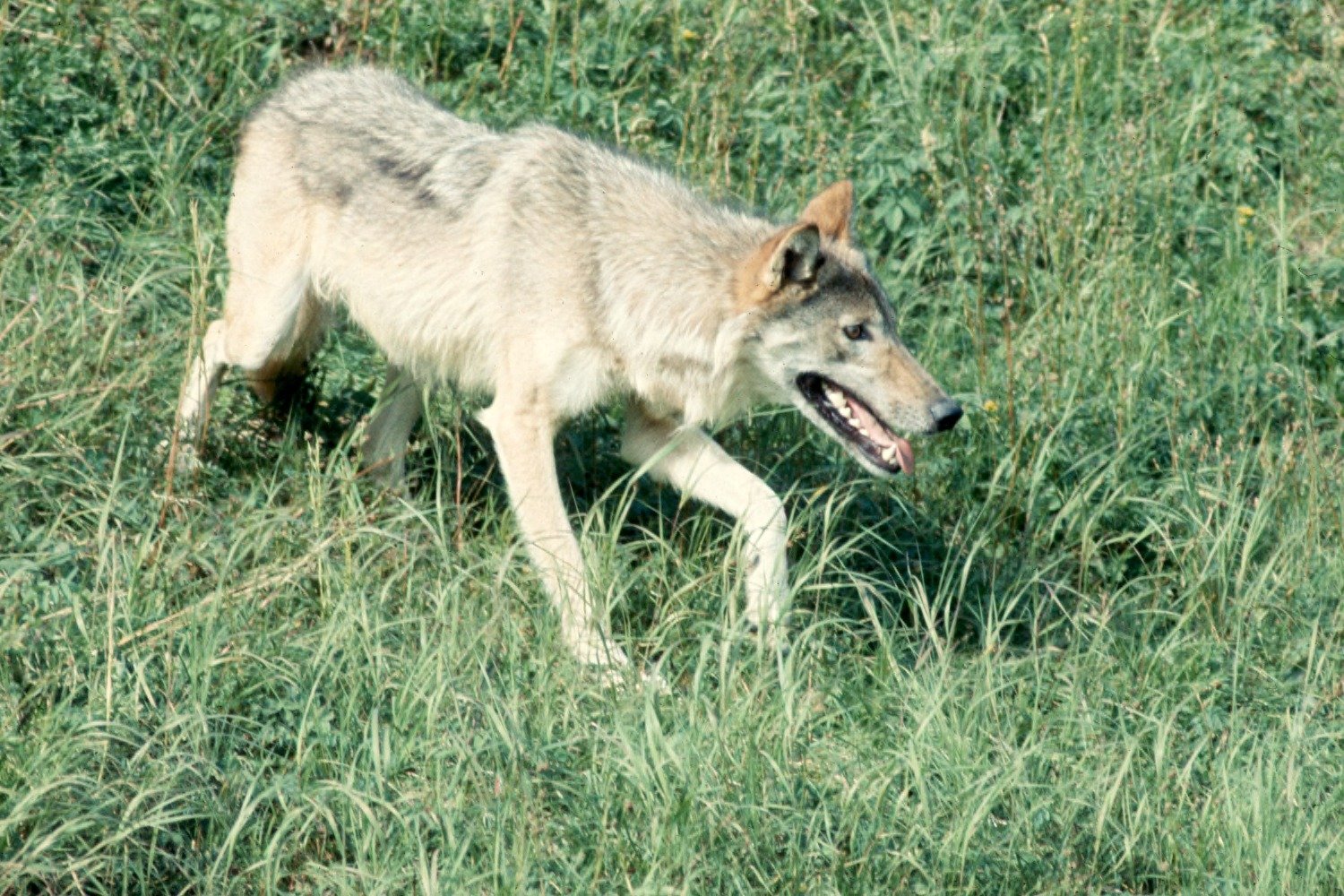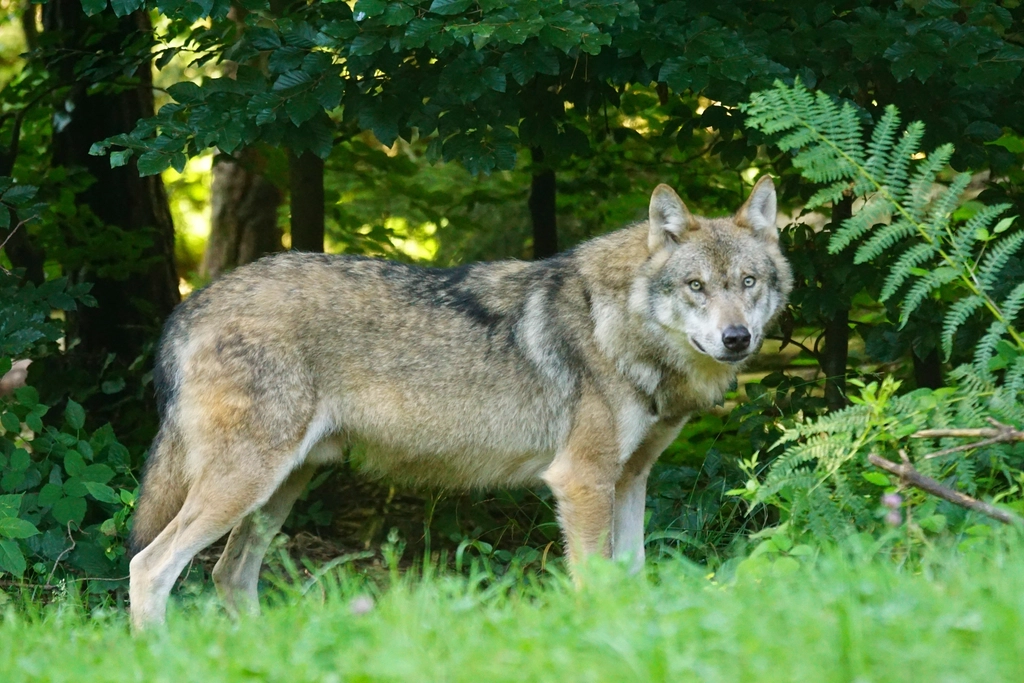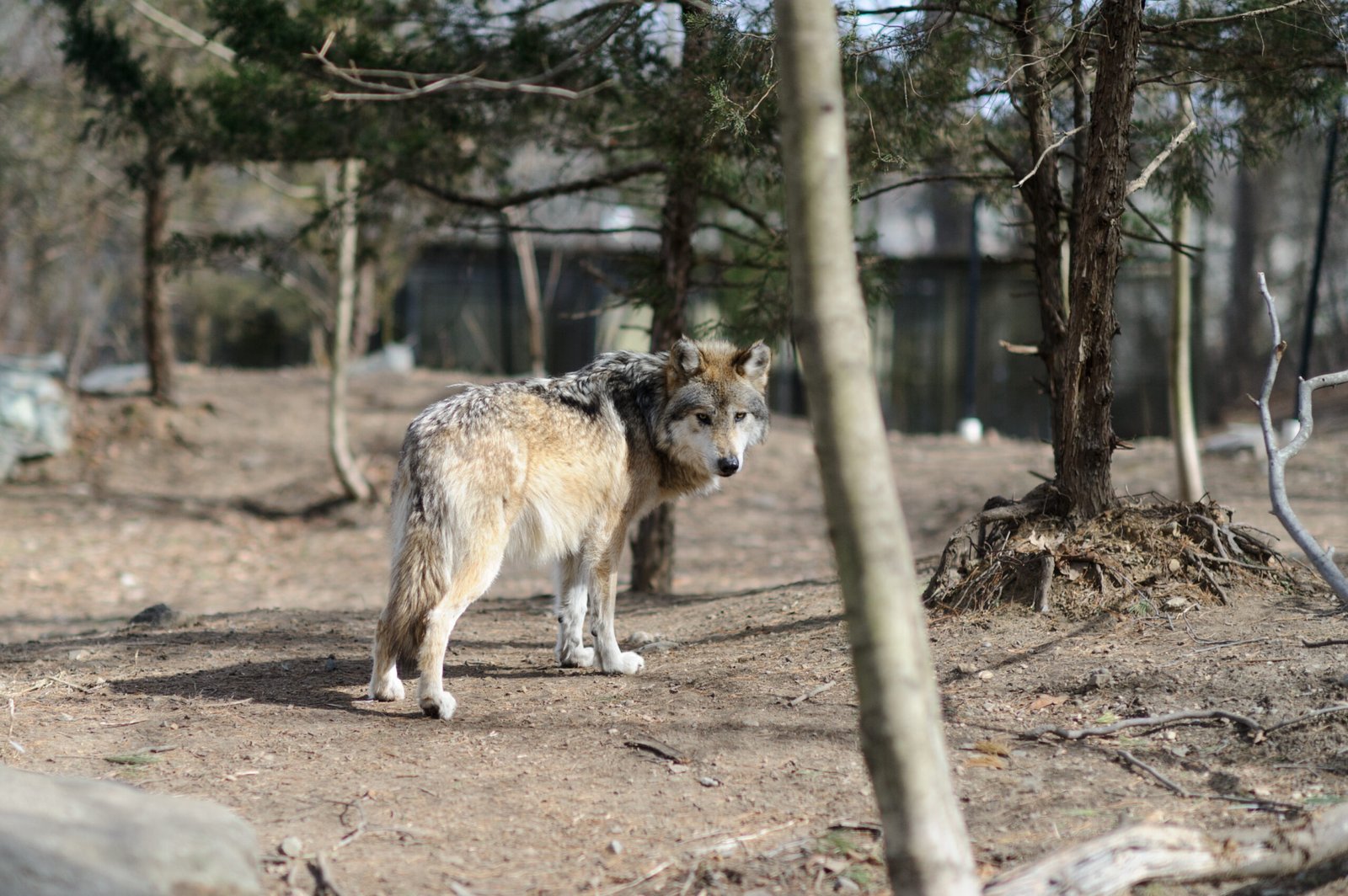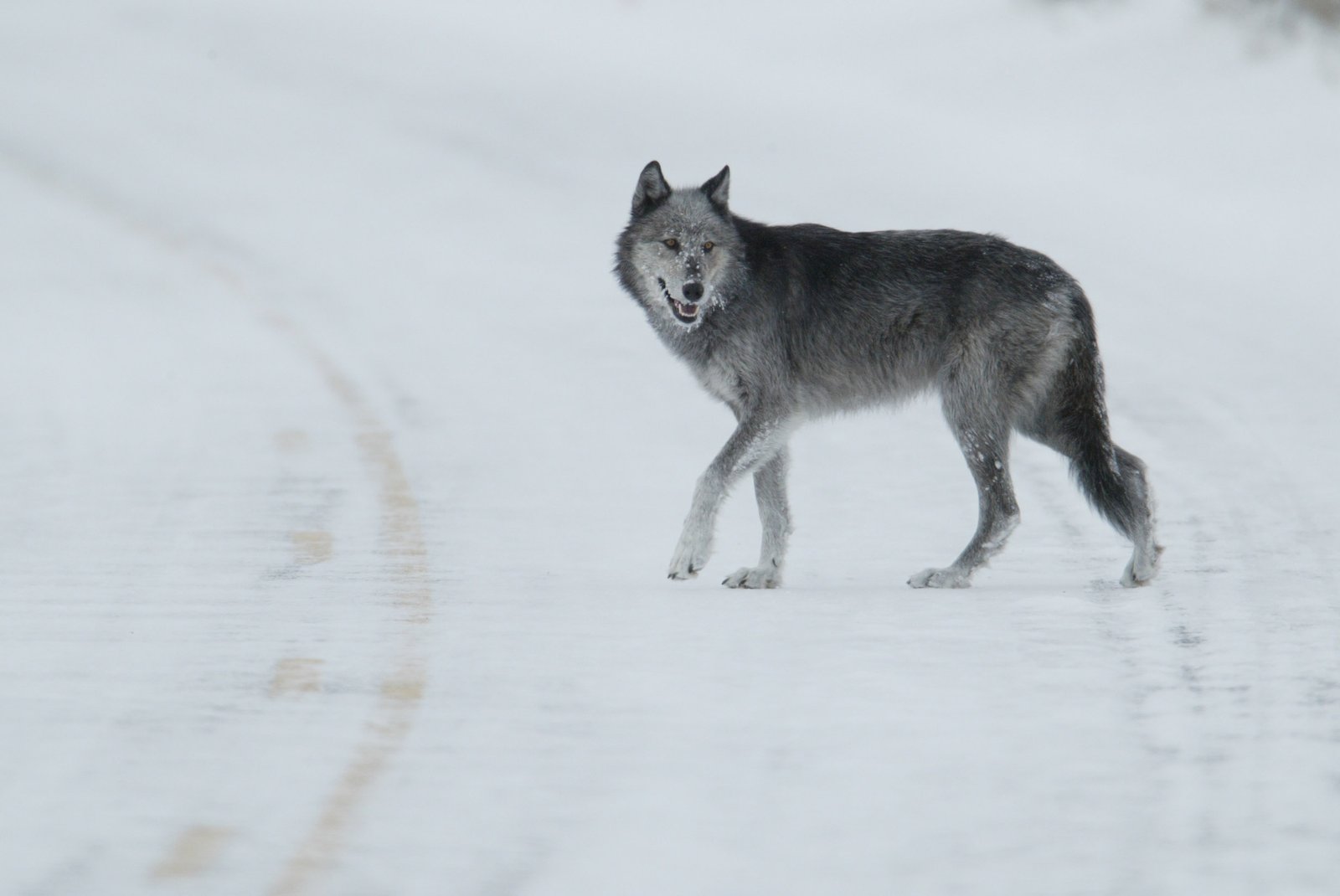Wolves are magnificent creatures that have long captured the imagination of humans. These majestic animals, often shrouded in mystery and folklore, can be found in various parts of the United States. If you’re a wolf lover, you might be curious about where these creatures might roam close to human habitation. In this article, we’ll explore the eight states where you might just spot a wolf venturing into your backyard, offering a thrilling glimpse into the wild.
1. Alaska: The Wolf’s Paradise
Alaska, often referred to as the last frontier, is a haven for wildlife, and wolves are no exception. The vast wilderness of Alaska provides a perfect habitat for these animals. With its endless forests, mountains, and tundra, it’s no surprise that wolves thrive here. In Alaska, you could be sipping coffee on your porch and catch a glimpse of a wolf pack trotting along the tree line. The state’s minimal human population density allows wolves to roam freely, ensuring a healthy wolf population. However, it’s crucial to remember that wolves are wild animals and should be admired from a distance.
2. Minnesota: The Land of 10,000 Lakes and Wolves

Minnesota is not only known for its abundant lakes but also for its thriving wolf population. The state’s northern forests provide a perfect home for these animals. Wolves in Minnesota are primarily found in the northern part of the state, where they coexist with a variety of other wildlife. If you live near these dense forests, you might hear the hauntingly beautiful howl of a wolf at night. The Minnesota Department of Natural Resources actively manages the wolf population, ensuring a stable and healthy environment for these creatures.
3. Wisconsin: A Wolf’s Woodland Retreat

Wisconsin, with its lush forests and rolling hills, offers a perfect habitat for wolves. The state’s northern regions are particularly favorable for wolf packs. These areas are characterized by vast stretches of woodland, providing ample territory for wolves to hunt and raise their young. In Wisconsin, wolves often share their habitat with deer, their primary prey. The state has implemented conservation measures to protect wolves, making it likely for residents to spot these elusive animals in their natural habitat.
4. Michigan: The Upper Peninsula’s Wild Residents
Michigan’s Upper Peninsula is a rugged, remote area where wolves have made a strong comeback. The dense forests and abundant wildlife make it a suitable environment for wolves to thrive. In recent years, efforts to protect and conserve the wolf population have been successful, leading to increased sightings. Residents of the Upper Peninsula might be fortunate enough to witness a wolf pack moving gracefully through the snow-covered landscape. It’s a reminder of the untamed beauty that exists right in your backyard.
5. Montana: Where the Wild Things Roam
Montana is a state defined by its vast open spaces and natural beauty, making it an ideal place for wolves to call home. The northern and western parts of the state, particularly near Yellowstone National Park, are hotspots for wolf activity. In Montana, wolves are often seen as symbols of wilderness and freedom. The state’s commitment to wildlife conservation has allowed wolf populations to flourish. If you find yourself in Montana, keep an eye out for these magnificent creatures as they navigate the rugged terrain.
6. Washington: The Pacific Northwest’s Wolf Haven

Washington State, with its diverse landscapes, provides a suitable habitat for wolves. The state’s eastern regions, near the Canadian border, are particularly known for wolf sightings. Washington has embraced wolf conservation efforts, allowing these animals to establish territories and thrive. The state’s lush forests and abundant wildlife make it an attractive destination for wolf packs. Residents living in rural areas might be lucky enough to spot a wolf or two during their daily routines.
7. Oregon: A Haven for Gray Wolves

Oregon’s diverse ecosystems offer a welcoming environment for gray wolves. The state has seen a resurgence in wolf populations, particularly in the eastern and central regions. Oregon’s commitment to preserving natural habitats has played a crucial role in the recovery of wolves. Residents living near these areas might experience the thrill of seeing a wolf silhouetted against the backdrop of the Cascade Mountains. It’s a testament to the state’s dedication to wildlife conservation and the natural wonders that abound.
8. Idaho: A Wilderness Wonderland
Idaho’s rugged landscapes provide an ideal habitat for wolves to thrive. The state’s central mountains and forests are home to a healthy wolf population. In Idaho, wolves can often be found in remote areas, far from human development. This allows them to hunt and roam freely, maintaining a balanced ecosystem. Residents living in these regions might hear the echoing calls of wolves at night, a hauntingly beautiful reminder of the wild nature that surrounds them.
In these states, the presence of wolves adds to the rich tapestry of wildlife and natural beauty. As you explore these areas, remember to appreciate these magnificent creatures from a respectful distance.

Linnea is a born and bred Swede but spends as much time as possible in Cape Town, South Africa. This is mainly due to Cape Town’s extraordinary scenery, wildlife, and atmosphere (in other words, because Cape Town is heaven on earth.) That being said, Sweden’s majestic forests forever hold a special place in her heart. Linnea spends as much time as she can close to the ocean collecting sea shells or in the park admiring puppies.






